We are so excited to announce our leadership for summer 2017! On June 3, our directors, regional directors, and trip leaders will gather for a five-day retreat near Mt. Hood in Oregon. Here, we’ll start bonding as a leadership team; pore over each trip’s itinerary; share our collective expertise as review safety, policies, and procedures; and apply child psychology and adolescent brain development theory to Adventure Treks. This time together reinforces our “AT culture” as we prepare to greet new and returning instructors for our two-week orientation starting June 9.
This year, our 14 trip leaders and directors:
- Have a combined 84 seasons of Adventure Treks experience. At minimum, our trip leaders have three seasons of previous Adventure Treks experiences, and some have as many as 11 seasons!
- Include two former Adventure Treks students.
- Comprise a wonderful group of outdoor educators like ski patrol, school teachers, outdoor program course directors, ski instructors, and more!
Below, meet our leadership team!
 Dave McGlashan, regional director
Dave McGlashan, regional director
Dave (or Dmac, as our students and parents know him) is our director and 10th-year regional director. He has a master’s degree in recreation from the University of Tennessee and is a graduate of the National Outdoor Leadership School (NOLS) instructor course. He is a Wilderness First Responder, Swiftwater Rescue Technician, and American Canoe Association Level 4 Whitewater Instructor. In his spare time, Dmac can be found mountain biking all over the southeastern U.S.
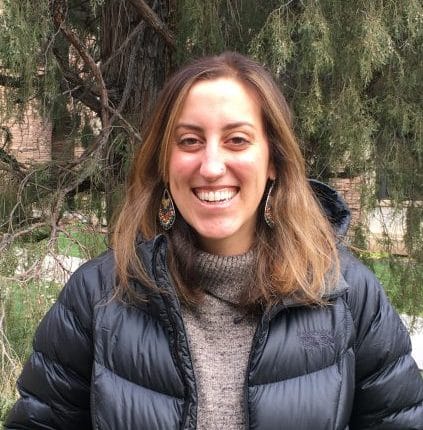 Erica Van Steenis, regional director
Erica Van Steenis, regional director
Originally from southern California, this is Erica’s sixth season as a regional director and trip leader. She has a master’s degree in community development from the University of California, Davis, and is currently working on a PhD in education at the University of Colorado, Boulder. She is an experienced sea kayaking and backpacking guide, a Wilderness First Responder, and holds her Avalanche Level 1 certification.
 Joe Sisti, regional director
Joe Sisti, regional director
Joe is our staffing director and regional director for the 10th season. He grew up hiking and camping in the Blue Ridge Mountains of Virginia. After earning a bachelor’s degree in history from Virginia Tech, Joe began leading outdoor education programs, focusing on using the outdoors to build close-knit and strong student communities. He is a Wilderness First Responder and Leave No Trace trainer, and he is an avid mountain biker and skier.
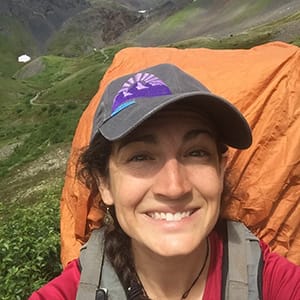 Allison O’Brien, California Challenge 1 & Pacific Northwest Adventure 2
Allison O’Brien, California Challenge 1 & Pacific Northwest Adventure 2
Originally from Minnesota, Allison graduated from the University of Wisconsin-Stevens Point with a bachelor’s degree in environmental education and interpretation. She’s worked with AmeriCorps in northern California, as an outdoor educator in North Carolina, ski instructor at Steamboat, and interpretation intern in Glacier National Park. Allison is a Wilderness First Responder and PSIA certified ski instructor. She is excited to return to Adventure Treks for her ninth season as a trip leader.
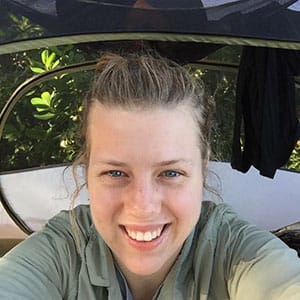 Kate Brown, British Columbia 1 & 2
Kate Brown, British Columbia 1 & 2
Kate is our logistics coordinator and returning for her sixth season as a trip leader. Kate graduated from the University of North Carolina at Chapel Hill with degrees in anthropology and African studies. She worked at Albuquerque Academy’s experiential education department after spending five years as a lead instructor, facilitator, and logistics coordinator at UNC’s outdoor education center. She is a lifeguard and Wilderness First Responder.
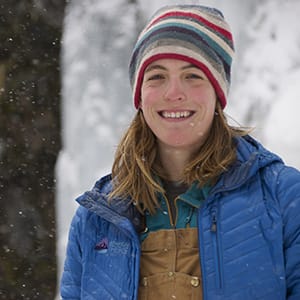 Tess Sneeringer, Pacific Northwest Adventure 1 & Ultimate Northwest 2
Tess Sneeringer, Pacific Northwest Adventure 1 & Ultimate Northwest 2
Tess joins us for her fourth season as a trip leader. Tess holds a bachelor’s degree in biology from Middlebury College in Vermont. She has led backpacking and canoe trips in the greater New England area and enjoys bringing her knowledge of wildlife ecology and forestry into the field. Tess is a graduate of a NOLS Alaska backpacking course, Wilderness First Responder, and Swiftwater Rescue Technician.
 Alex Coffin, California Challenge 2
Alex Coffin, California Challenge 2
Alex is returning for her third season a trip leader. She graduated from Colgate University with a bachelor’s degree in biology and mathematics. Alex has led backpacking and sea kayaking trips all over New England and currently works as a high school math teacher in Boston. Alex is a Wilderness First Responder.
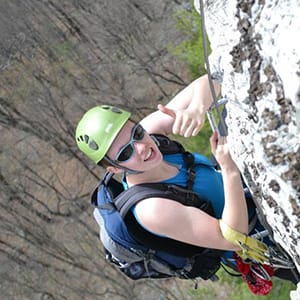 Katy Ebner, Yellowstone Teton Adventure 1, 2, & 3
Katy Ebner, Yellowstone Teton Adventure 1, 2, & 3
Katy hails from New Hampshire, and is a graduate of Lyndon State College in Vermont with a bachelor’s degree in adventure leadership and human services. She has led backpacking, canoeing, and rock climbing trips throughout New England. Katy is a Wilderness First Responder and AMGA Climbing Wall Instructor. She spent her winter teaching snow sports in Colorado, and is returning for her fourth season as an instructor.
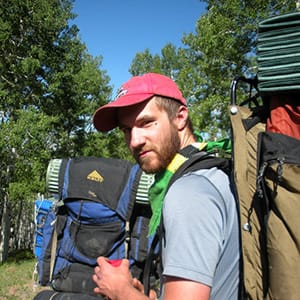 Nate Humphries, Alaska Expedition 2
Nate Humphries, Alaska Expedition 2
Nate was a five-year Adventure Treks student before transitioning into his eleventh season as a trip leader. Nate graduated from St. John’s College in Santa Fe, NM. He has led backpacking trips in Utah and Oregon, and thru-hiked the Long Trail. Nate currently lives in Asheville, NC, where he performs as a musician, and is a Wilderness First Responder.
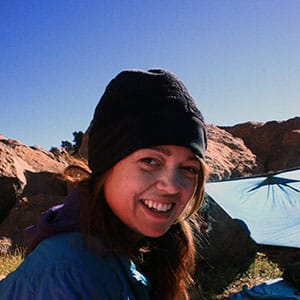 Nico Grin, Alaska Expedition 1
Nico Grin, Alaska Expedition 1
Originally from the Bay Area in California, Nico has a bachelor’s degree in outdoor recreation leadership from Feather River College. She has traveled through 13 different countries, rock climbed in Thailand, swam in the Mekong, and volunteered on farms across New Zealand. Nico has worked as a rock climbing instructor, taught at a preschool, and facilitated high ropes challenge courses. She is a Wilderness First Responder and Swiftwater Rescue Technician, and she is returning for her fourth season as a trip leader.
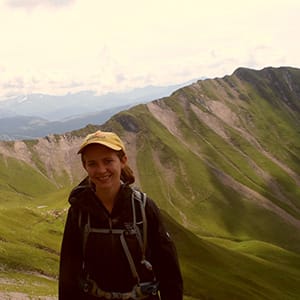 Angelique Carl, Colorado Explorer 1, 2, & 3
Angelique Carl, Colorado Explorer 1, 2, & 3
Angelique is thrilled to return to Adventure Treks for her third season as a trip leader. She graduated from Northland College with a bachelor’s degree in sustainable community development. After college, Angelique developed a passion for outdoor education after working as a VISTA volunteer with AmeriCorps, a science camp instructor in Michigan, a YMCA girls leadership development instructor in Washington, and a ski instructor for six seasons. Now, she works as a full-time outdoor educator leading ecology and backpacking trips all over the west coast. She recently returned to the USA after spending the last four months in New Zealand. Angelique is a Wilderness First Responder.
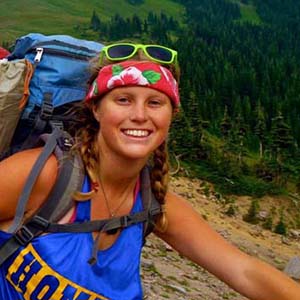 Kiko Sweeney, Ultimate Northwest 1 & Pacific Northwest Explorer 2
Kiko Sweeney, Ultimate Northwest 1 & Pacific Northwest Explorer 2
A former Adventure Treks student, Kiko graduated from Colorado College with a double major in film and new media studies and classics. She has led backpacking trips in Alaska and Colorado, and spent her winter working for an adventure film production company. Kiko is currently working as an instructor for the Boojum Institute in California. She competed in the Junior Nationals as a ski racer and is joining us for her fifth season as a trip leader. She is a Wilderness First Responder, Leave No Trace Trainer, and has an AIARE Avalanche Level 1 certification.
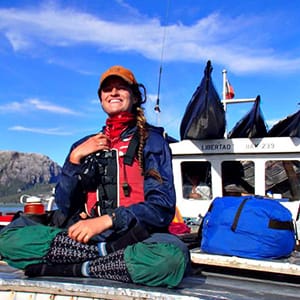 Devin Wilkinson, Leadership Summit
Devin Wilkinson, Leadership Summit
Born and raised in Colorado, Devin has spent her life backpacking, hiking, and skiing. She has completed a semester with NOLS in Patagonia and led backpacking trips for the outdoor program at Fort Lewis College. Devin is graduating with a bachelor’s degree in psychology and a minor in adventure education from Fort Lewis College. She is a Wilderness First Responder and Leave No Trace Trainer. Devin spent her winter as a ski patroller in Utah, and is returning for her fifth season as a trip leader.
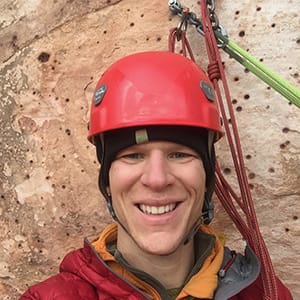 Sam Haines, California Adventure & California Challenge 3
Sam Haines, California Adventure & California Challenge 3
Sam is returning to Adventure Treks for his sixth season as a trip leader. Sam graduated from Massachusetts College of Art and Design with a bachelor’s degree in jewelry and metalsmithing. He is a graduate of the NOLS Pacific Northwest Semester and spent three summers leading backpacking trips for Mass Audubon Drumlin Farm. He spent his winter in Boston working as a climbing instructor and youth climbing coach. He holds certifications as an AMGA Single Pitch Instructor and Wilderness First Responder.
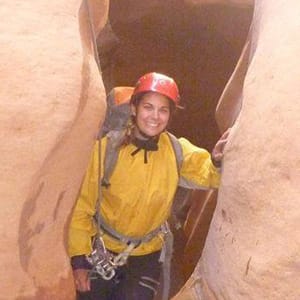 Casey Clark, Alaska Expedition 1
Casey Clark, Alaska Expedition 1
Casey grew up exploring the mountains, rivers, and canyons of Colorado. She graduated from Fort Lewis College in Durango with a bachelor’s degree in adventure education before working with Camp Tahosa as the backpacking director and lead guide. Casey spent this winter teaching skiing at Big Sky mountain in Montana and recently returned from traveling in New Zealand. She is a Wilderness First Responder and is returning for her sixth season as a trip leader.

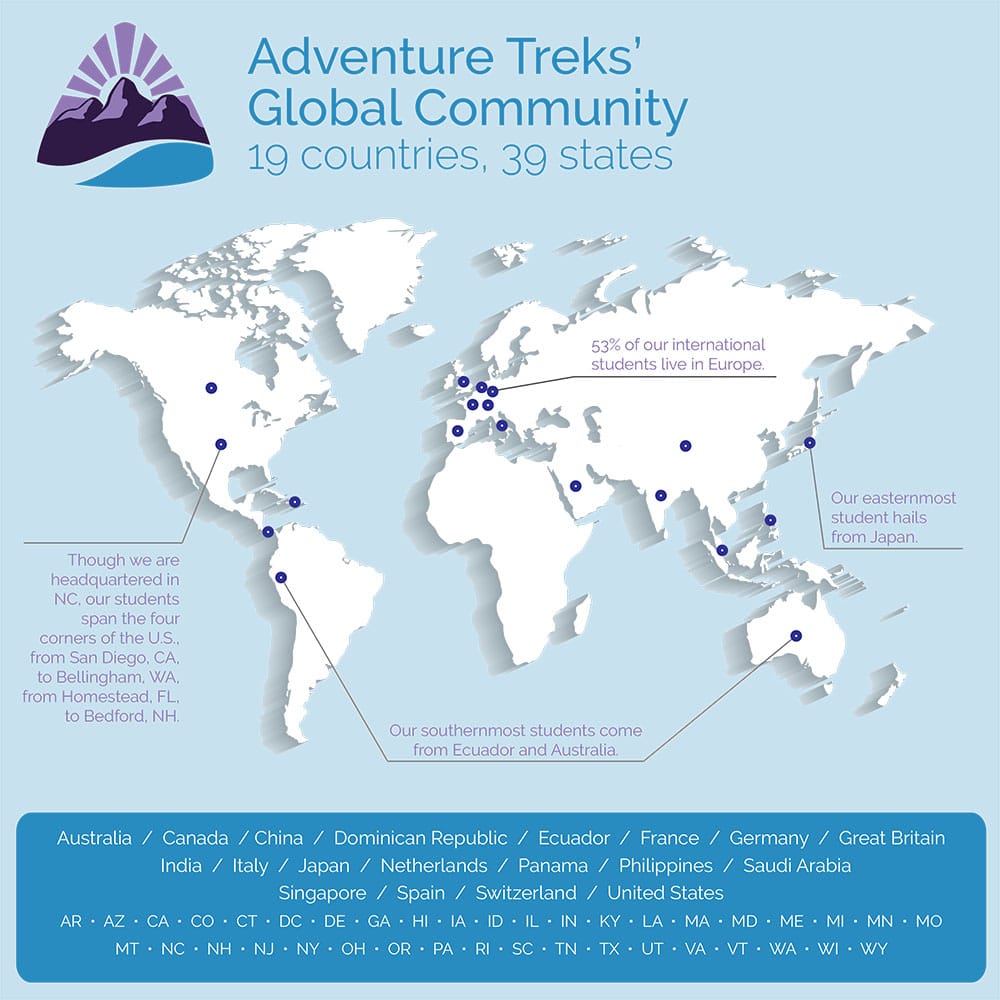
 Dave McGlashan, regional director
Dave McGlashan, regional director Erica Van Steenis, regional director
Erica Van Steenis, regional director Joe Sisti, regional director
Joe Sisti, regional director Allison O’Brien, California Challenge 1 & Pacific Northwest Adventure 2
Allison O’Brien, California Challenge 1 & Pacific Northwest Adventure 2 Kate Brown, British Columbia 1 & 2
Kate Brown, British Columbia 1 & 2 Tess Sneeringer, Pacific Northwest Adventure 1 & Ultimate Northwest 2
Tess Sneeringer, Pacific Northwest Adventure 1 & Ultimate Northwest 2 Alex Coffin, California Challenge 2
Alex Coffin, California Challenge 2 Katy Ebner, Yellowstone Teton Adventure 1, 2, & 3
Katy Ebner, Yellowstone Teton Adventure 1, 2, & 3 Nate Humphries, Alaska Expedition 2
Nate Humphries, Alaska Expedition 2 Nico Grin, Alaska Expedition 1
Nico Grin, Alaska Expedition 1 Angelique Carl, Colorado Explorer 1, 2, & 3
Angelique Carl, Colorado Explorer 1, 2, & 3 Kiko Sweeney, Ultimate Northwest 1 & Pacific Northwest Explorer 2
Kiko Sweeney, Ultimate Northwest 1 & Pacific Northwest Explorer 2 Devin Wilkinson, Leadership Summit
Devin Wilkinson, Leadership Summit Sam Haines, California Adventure & California Challenge 3
Sam Haines, California Adventure & California Challenge 3 Casey Clark, Alaska Expedition 1
Casey Clark, Alaska Expedition 1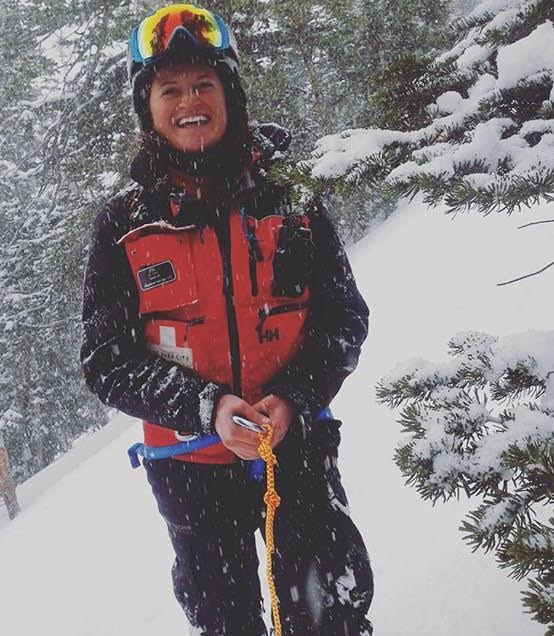

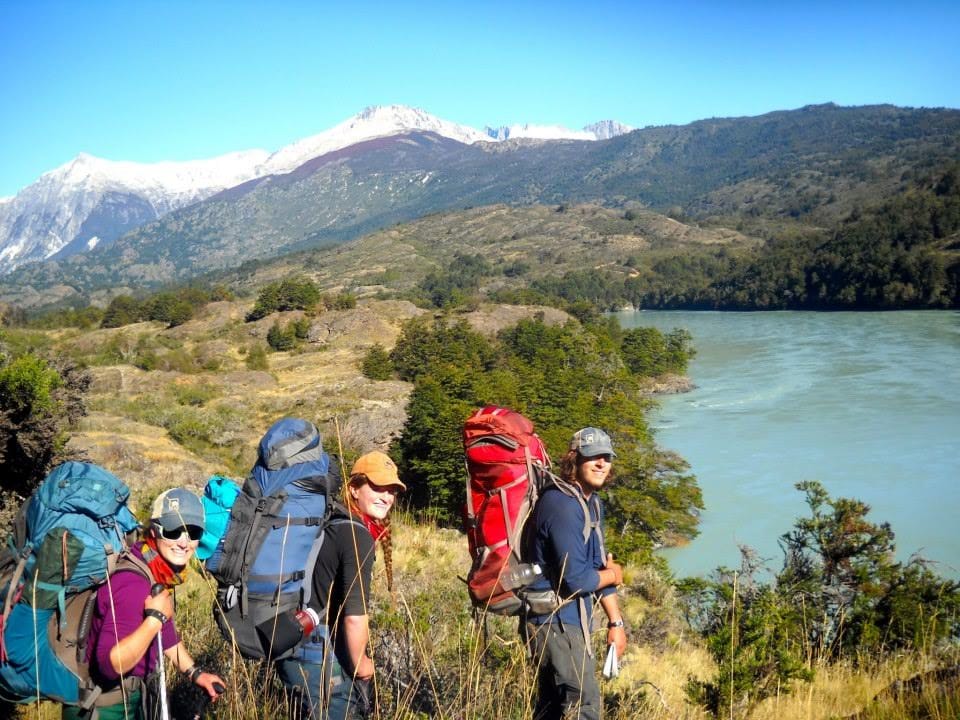
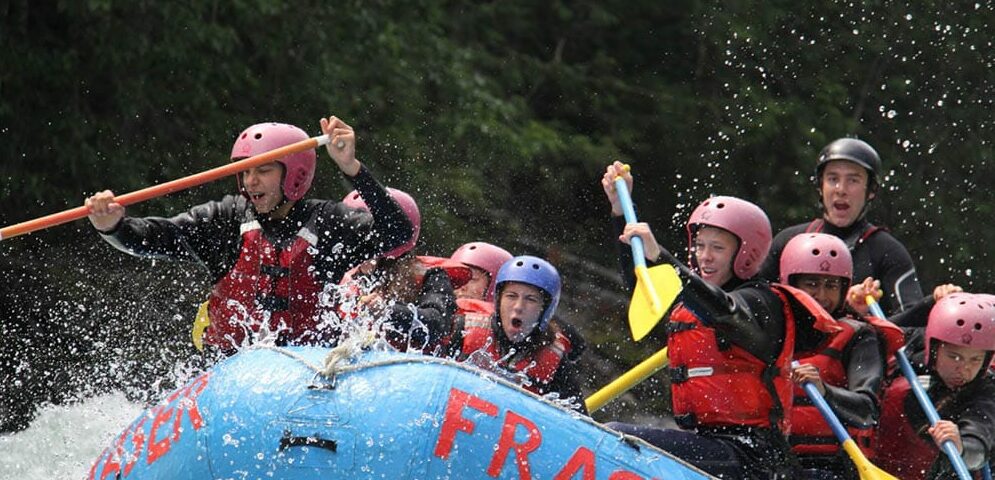
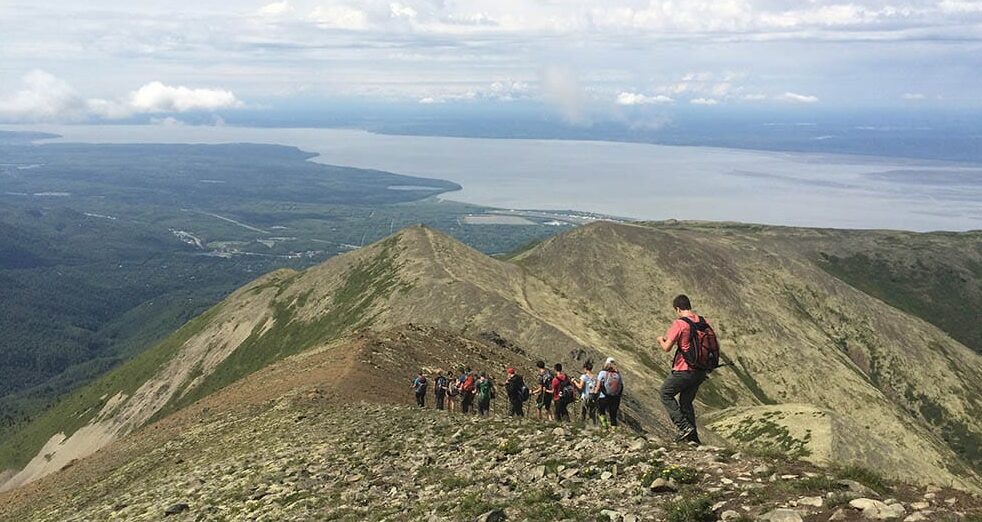
 Breakfast Burritos
Breakfast Burritos Chicken Caesar Wrap
Chicken Caesar Wrap Teriyaki Stir Fry
Teriyaki Stir Fry GORP
GORP Worms In Dirt
Worms In Dirt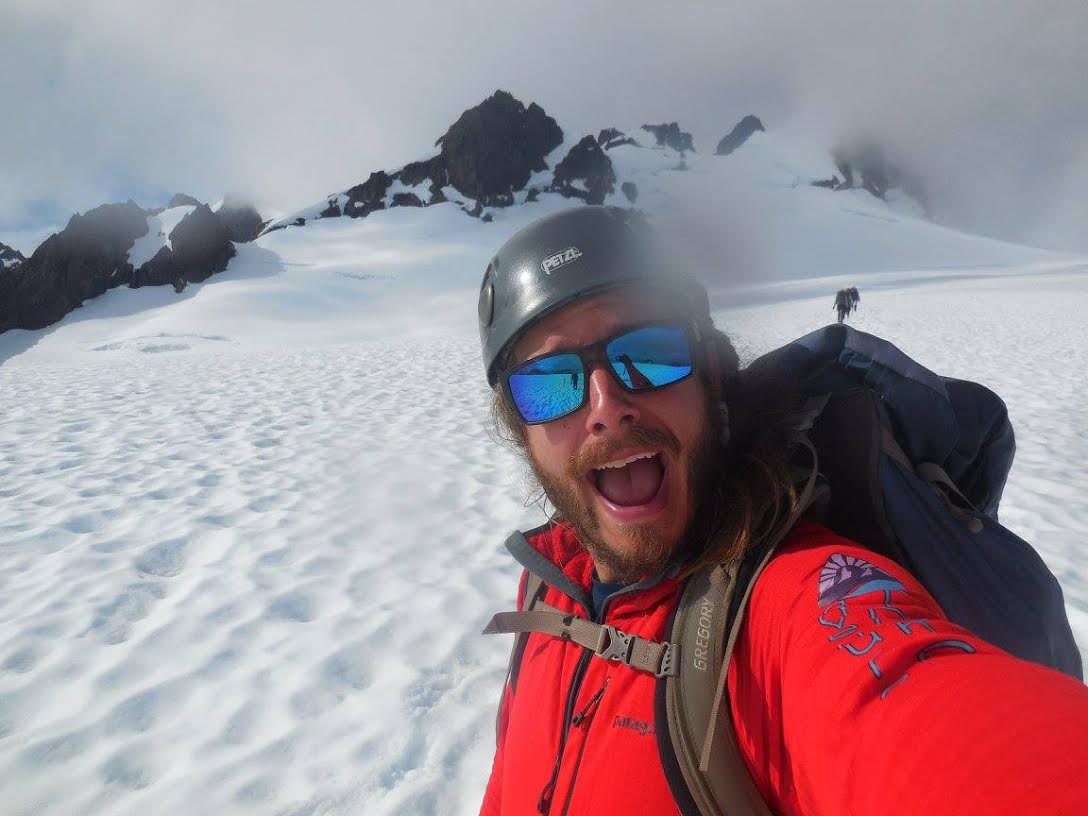
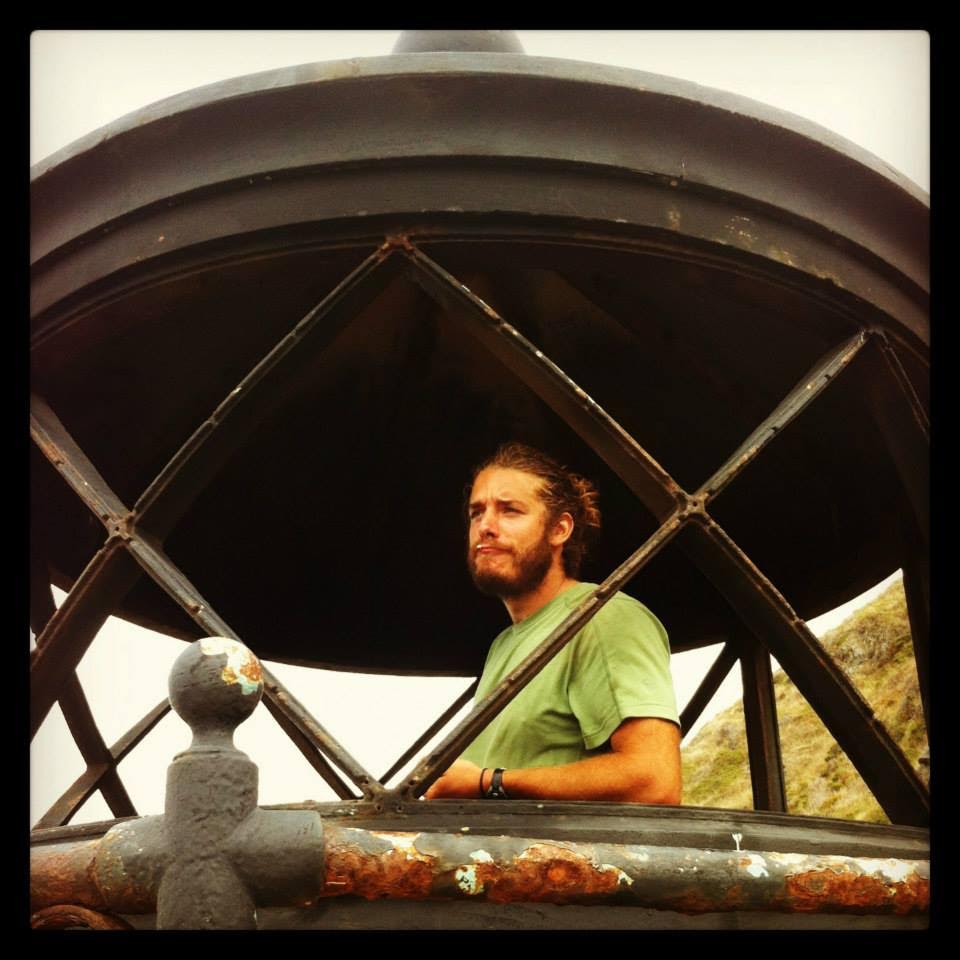
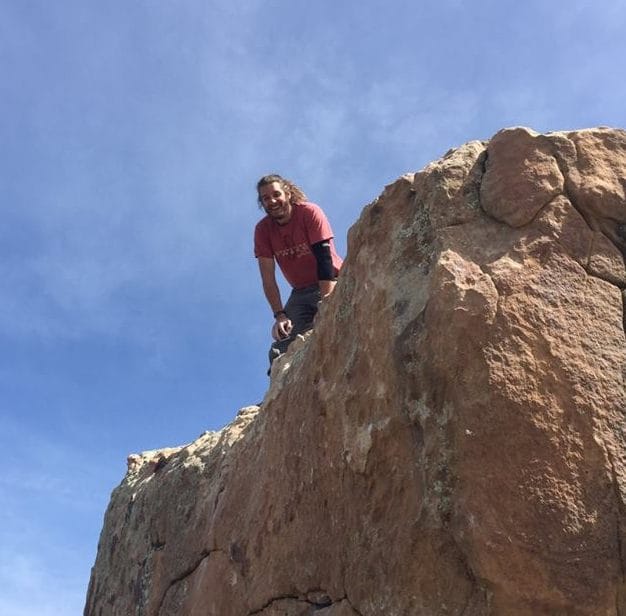
 Summer officially begins at Adventure Treks in just four months, and the first students of 2017 will be landing at their arrival airports a few short weeks later. In order to make planning your student’s transportation a little easier, here are a few lessons we’ve learned over the years.
Summer officially begins at Adventure Treks in just four months, and the first students of 2017 will be landing at their arrival airports a few short weeks later. In order to make planning your student’s transportation a little easier, here are a few lessons we’ve learned over the years.